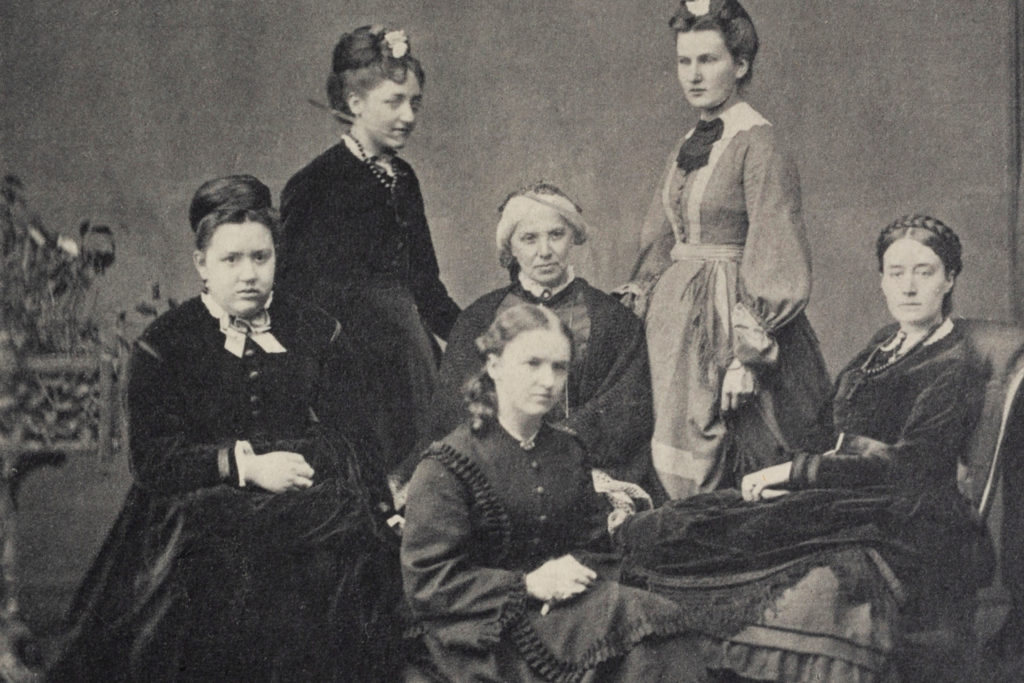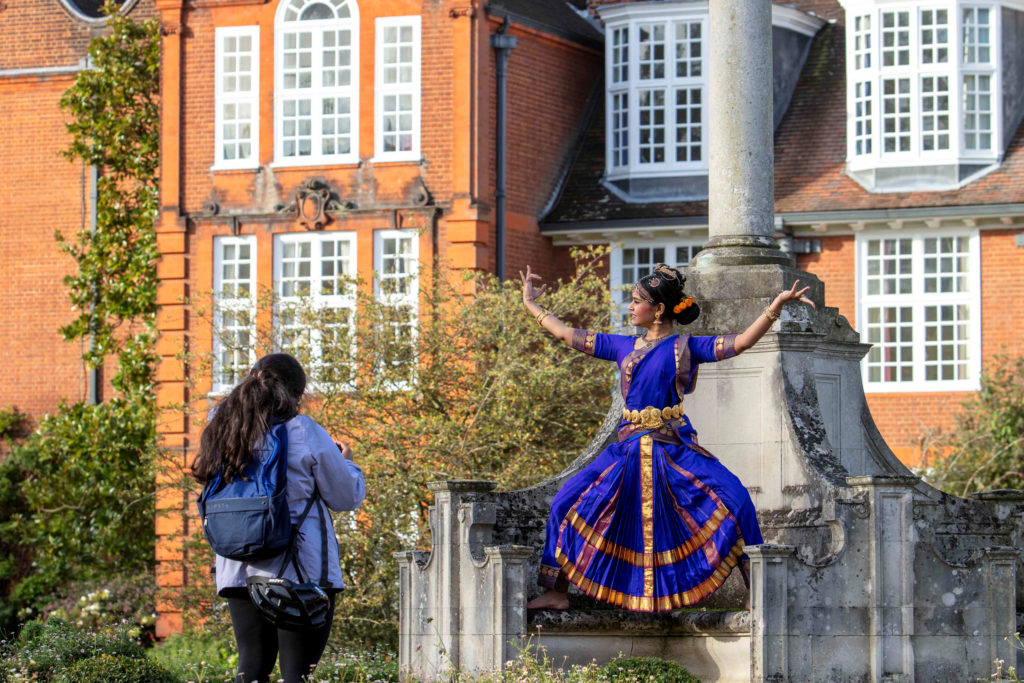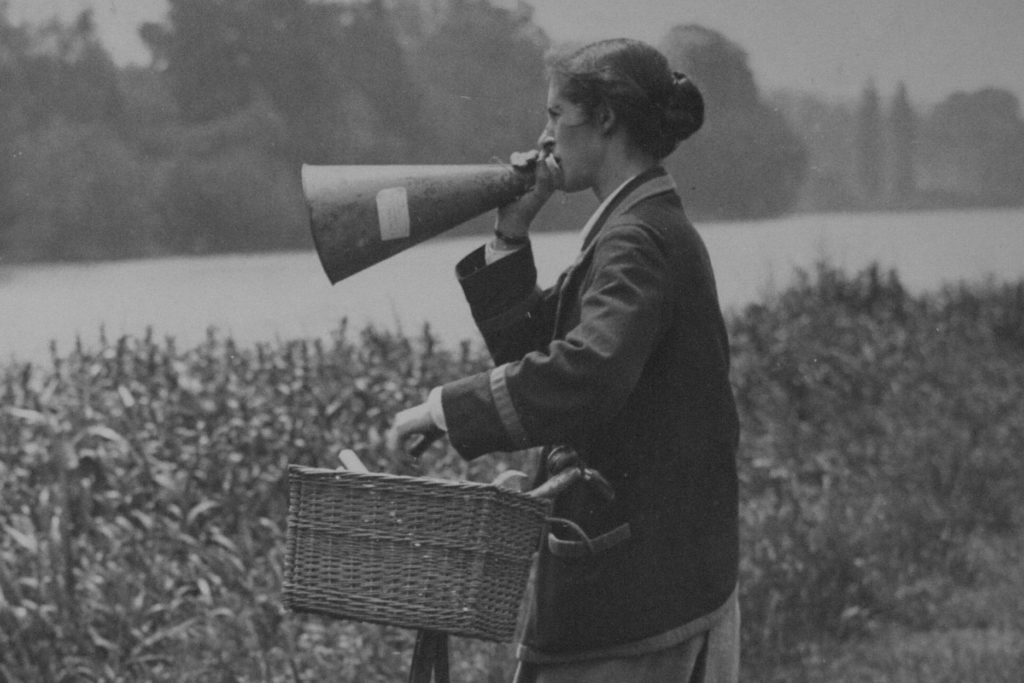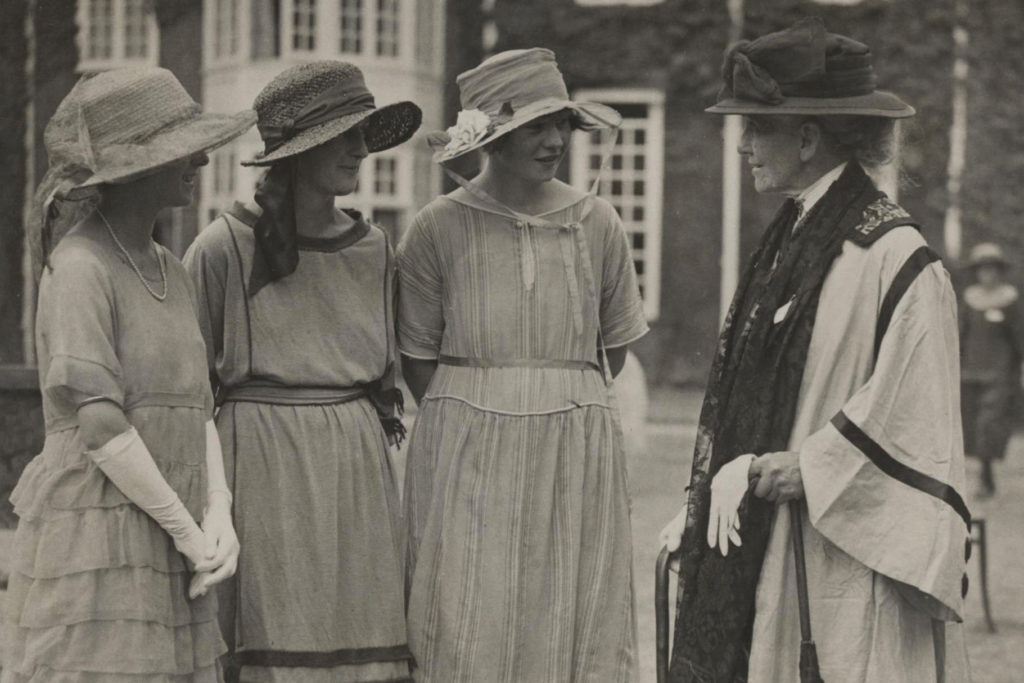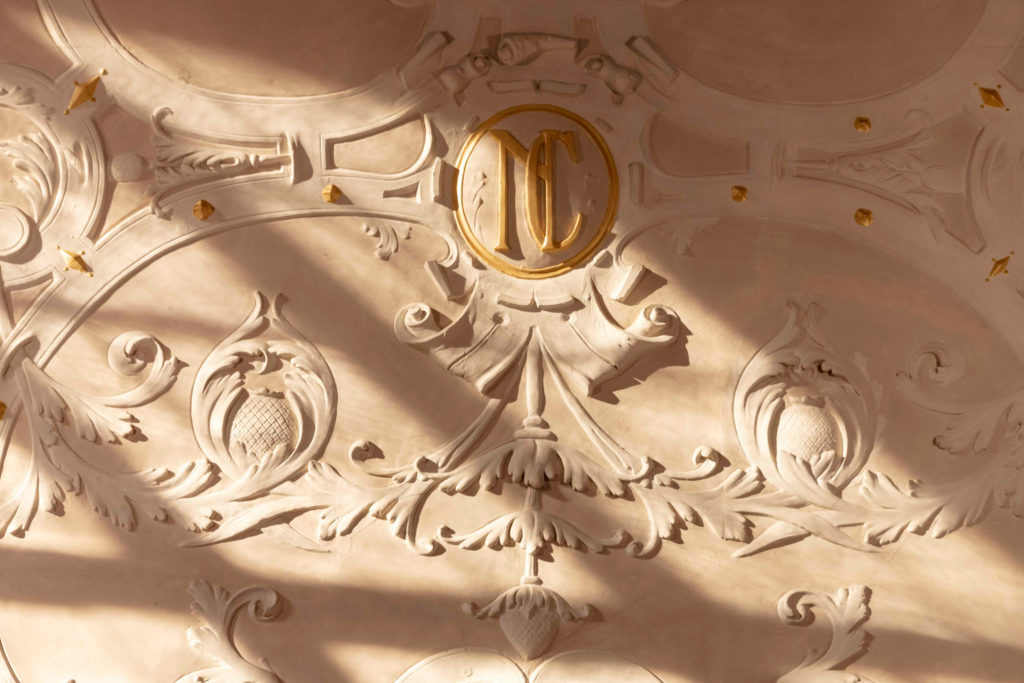Dr Sam Lucy – Archaeologist
‘I’ve always thought of the 5th and 6th centuries as quite a nice time to be – if you could avoid being sick or dying in childbirth…”
When we talk about Newnham’s history, we usually talk about the last 150 years.
But for archaeologist Dr Sam Lucy, studying local history takes her back 1500 years – and overturns a heap of easy preconceptions.

Back in time to the ‘Dark Ages’
The Newnham of the 5th and 6th centuries is an area of thriving homesteads, part of a network of small farms dotted across the fertile river valley. A mile to the north lies the decaying remains of the former Roman town. There’s no need for our farmers to visit the Roman ruins, though: stone is no longer a useful building material, and all buildings are constructed from wood and other organic materials. Just to the south is a burial ground, which will provide 21st century archaeologists with remarkable insights into daily life.
The small communities represented in the cemetery are pretty self-sufficient, with sheep, cattle, pigs and crops, but they’re hardly isolated. People travel, and traders cross the North Sea, moving back and forth across Europe. Many women wear necklaces of glass or amber beads, the latter perhaps from the Baltic Coast. In the evenings, people may have sat down to sing and play the harp or gather round board games. A few women may have acted as healers. As far as we know, no political or religious cataclysms occurred, though there is evidence that climate may have had an impact, and Christianity is introduced back into the area in the following century. Instead, as Sam says, “it’s what’s probably true of the vast majority of human history – people just got on with farming.”
This is the Early Medieval period, what was once known as the ‘Dark Ages’. Is it what you expected?
A world in transition
Sam Lucy’s specialism is the detailed consideration of archaeological findings, setting aside preconceptions from the historical records, and “pulling that information together without pre-judging what it means.”
In particular, she is interested in times of transition, “what those transitions actually mean, how they come about and the detailed archaeological evidence for them.”
Forget the neat divisions that we learnt at school, with history easily divided into Roman and Saxon periods. “The assumption was that life changed dramatically in AD 449 – that’s a construction on top of historical records,” Sam explains. But though Bede’s History suggests our Newnham farmers should have seen terrible upheaval, it doesn’t seem to have happened.
New approaches and tools allow archaeologists like Sam a much more detailed study of finds. Radio-carbon dating is now paired with sophisticated mathematical modelling to offer more precise dates for finds. “Anglo-Saxon burials now can really be dated in a fine-grained chronological reconstruction,” Sam explains, meaning that she can track in detail how life changed over the decades.
New technology – new insights
Residue analysis allows archaeologists to analyse the contents of pots; use-wear analysis looks for the signs of how artefacts were used – although, frustratingly, corrosion means this is often not possible with the iron objects in everyday use, though that corrosion often captures the imprints of textiles buried in contact with them.
‘I’ve always thought of the 5th and 6th centuries as quite a nice time to be – if you could avoid being sick or dying in childbirth”, Sam says. Studies of bones and teeth shows that Cambridgeshire farmers got enough to eat, and were generally pretty healthy – healthier, in fact, than in the densely-packed urban environments of Roman Britain, with their lead-lined pipes.
That’s not to say there weren’t endemic and pandemic diseases in Early Medieval Newnham. Some bodies have the markings of childhood ill-health in their teeth. Women will have died in childbirth, and up to a third of children will not have reached adulthood. Most devastating of all, a wave of plague sweeps across Europe in the 6th century – and one of its victims has been identified in a south Cambridgeshire cemetery.
The myths of historical periods
But despite our growing knowledge about Britain’s more nuanced, ambiguous history, from primary school onwards we continue to emphasise the existence of distinct periods of human history.
“It makes it easy to teach – it’s nice and constrained, and it looks different in each period,” Sam says, “but the interesting thing about the past is the ambiguity and the nuance and the way that people don’t behave as you think they will. It’s great fun to teach undergraduates about this – it always takes them by surprise.”
So next time you watch a history documentary about Romans, or Saxons, or any other period – spare a thought for the people of this small corner of Cambridgeshire, unaware they’ve just entered the early medieval period, quietly getting on with farming.

